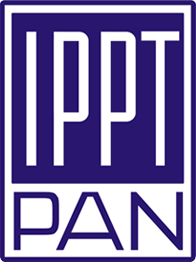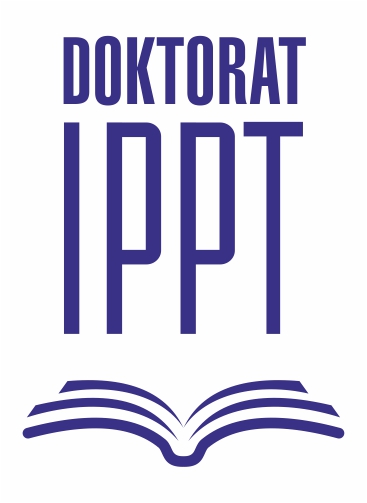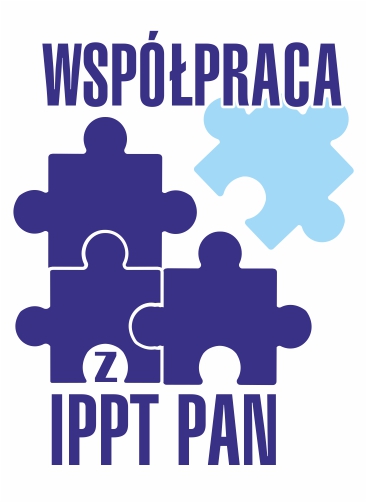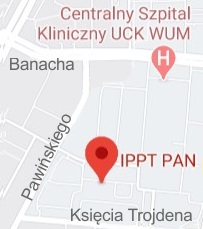| 1. |
Wu H.♦, Wu Q.♦, Liang C.♦, Hua J.♦, Meng L.♦, Nakielski P., Lu C.♦, Pierini F., Xu L.♦, Yu Y.♦, Luo Q.♦, Immunoregulatory electrospinning fiber mediates Macrophage energy metabolism reprogramming to promote burn wound healing,
Materials Today Bio, ISSN: 2590-0064, DOI: 10.1016/j.mtbio.2025.102430, Vol.35, pp.102430-1-20, 2025 Streszczenie:
Burn wound management posed substantial therapeutic challenges due to impaired macrophage polarization dynamics. Metabolic dysfunction in macrophages hindered the transition from glycolysis-driven M1 phenotype to oxidative phosphorylation (OXPHOS)-driven M2 phenotype, result of perpetuating inflammatory reaction to restrain wound healing. Despite all kinds of biomaterials were developed for burn wounds, some critical issues still couldnot be solved, such as limited repair efficacy, strong immunogenicity, and high cost etc. Cellular metabolite α-ketoglutaric acid (AKG) shows good biological activity and can regulate cellular energy metabolism, which is expected to solve the above issues. However, the cellular acid-toxicity of AKG might restrict its wide application in clinic. Therefore, a bioactive electrospinning fiber (PEKUU) was engineered to demonstrate sustained AKG release for modulation of energy metabolism of burn wounds. In vitro assessments confirmed its biocompatibility and effects on keratinocyte and endothelial proliferation, migration and angiogenesis. Meanwhile, PEKUU could attenuated glycolysis-driven M1 polarization, reducing NF-κB-mediated inflammation. While it also could enhance mitochondrial OXPHOS to drive M2 polarization. In vivo experiment showed that PEKUU electrospinning fiber could accelerate epithelialization, collagen remodeling and healing of deep second-degree burn wounds of mice. Finally, proteomics was applied to reveal the underlying mechanism of AKG-mediated metabolic reprogramming, including the coordinated suppression of the glycolytic-NF-κB axes and the potentiation of the OXPHOS and fatty acid oxidation pathways. The dual regulation reshaped macrophage energetics and established a pro-regenerative niche. Overall, PEKUU electrospinning dressing could modulate macrophage polarization state by reprogramming energy metabolism mode, providing a new therapeutic strategy for burn repair. Słowa kluczowe:
Burn, Macrophage, Wound healing, Metabolism reprogramming, OXPHOS Afiliacje autorów:
| Wu H. | - | inna afiliacja | | Wu Q. | - | inna afiliacja | | Liang C. | - | inna afiliacja | | Hua J. | - | inna afiliacja | | Meng L. | - | inna afiliacja | | Nakielski P. | - | IPPT PAN | | Lu C. | - | inna afiliacja | | Pierini F. | - | IPPT PAN | | Xu L. | - | inna afiliacja | | Yu Y. | - | inna afiliacja | | Luo Q. | - | inna afiliacja |
| 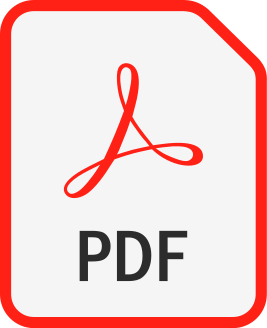 | 20p. |
| 2. |
Rybak D., Jingtao D.♦, Nakielski P., Rinoldi C., Kosik-Kozioł A., Zakrzewska A., Haoyang W.♦, Jing L.♦, Li X.♦, Yu Y.♦, Ding B.♦, Pierini F., NIR-Light Activable 3D Printed Platform Nanoarchitectured with Electrospun Plasmonic Filaments for On Demand Treatment of Infected Wounds,
ADVANCED HEALTHCARE MATERIALS, ISSN: 2192-2659, DOI: 10.1002/adhm.202404274, pp.2404274-1-17, 2024 Streszczenie:
Bacterial infections can lead to severe complications that adversely affect wound healing. Thus, the development of effective wound dressings has become a major focus in the biomedical field, as current solutions remain insufficient for treating complex, particularly chronic wounds. Designing an optimal environment for healing and tissue regeneration is essential. This study aims to optimize a multi-functional 3D printed hydrogel for infected wounds. A dexamethasone (DMX)-loaded electrospun mat, incorporated with gold nanorods (AuNRs), is structured into short filaments (SFs). The SFs are 3D printed into gelatine methacrylate (GelMA) and sodium alginate (SA) scaffold. The photo-responsive AuNRs within SFs significantly enhanced DXM release when exposed to near-infrared (NIR) light. The material exhibits excellent photothermal properties, biocompatibility, and antibacterial activity under NIR irradiation, effectively eliminating Staphylococcus aureus and Escherichia coli in vitro. In vivo, material combined with NIR light treatment facilitate infectes wound healing, killing S. aureus bacteria, reduced inflammation, and induced vascularization. The final materials’ shape can be adjusted to the skin defect, release the anti-inflammatory DXM on-demand, provide antimicrobial protection, and accelerate the healing of chronic wounds. Afiliacje autorów:
| Rybak D. | - | IPPT PAN | | Jingtao D. | - | inna afiliacja | | Nakielski P. | - | IPPT PAN | | Rinoldi C. | - | IPPT PAN | | Kosik-Kozioł A. | - | IPPT PAN | | Zakrzewska A. | - | IPPT PAN | | Haoyang W. | - | inna afiliacja | | Jing L. | - | inna afiliacja | | Li X. | - | Donghua University (CN) | | Yu Y. | - | inna afiliacja | | Ding B. | - | Donghua University (CN) | | Pierini F. | - | IPPT PAN |
|  | 140p. |


